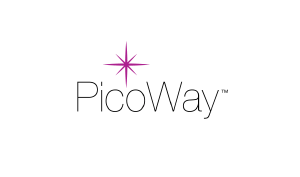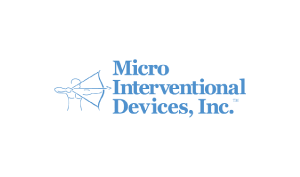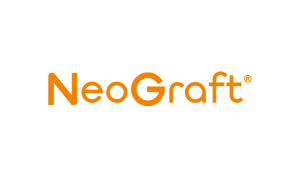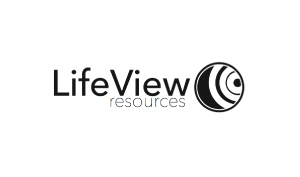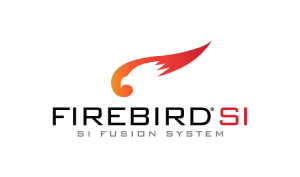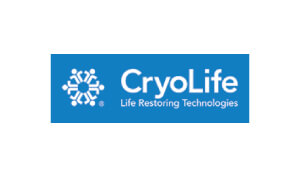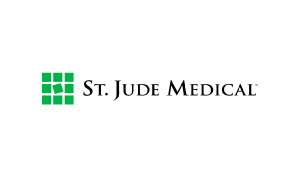Medical Device Instructional Voice Over
There is evidence that medical devices were used as far back as c.7000 BC in Balochistan (Pakistan), where Neolithic dentists used flint-tipped drills and bowstrings. Research into archeology and Roman medical literature indicates that many types of medical devices were in widespread use during the time of ancient Rome.
Today, medical devices and medical equipment range from simple tongue depressors and hospital gowns to complex programmable pacemakers and robotic surgical systems. The number of high tech gadgets and gizmos that are saving lives and bringing hope to huge populations of people is enormous. And it’s growing, due to the rising demand for innovative therapies, and the technological advancements which aim to address the unmet needs in healthcare.
These are just some of the various applications:
- 3-D printed devices
- Artificial organs
- Blue-tooth enabled inhalers
- Cardiovascular devices
- Cosmetic devices
- CRISPR (gene-editing technology)
- Dental devices
- Digital health solutions
- Health wearables
- Home health and consumer devices
- Implants and prosthetics devices
- In vitro devices
- Medical pediatric devices
- Neurological devices
- Reusable devices
- Surgical devices
- Wireless brain sensors
Stimulate your brain, literally.
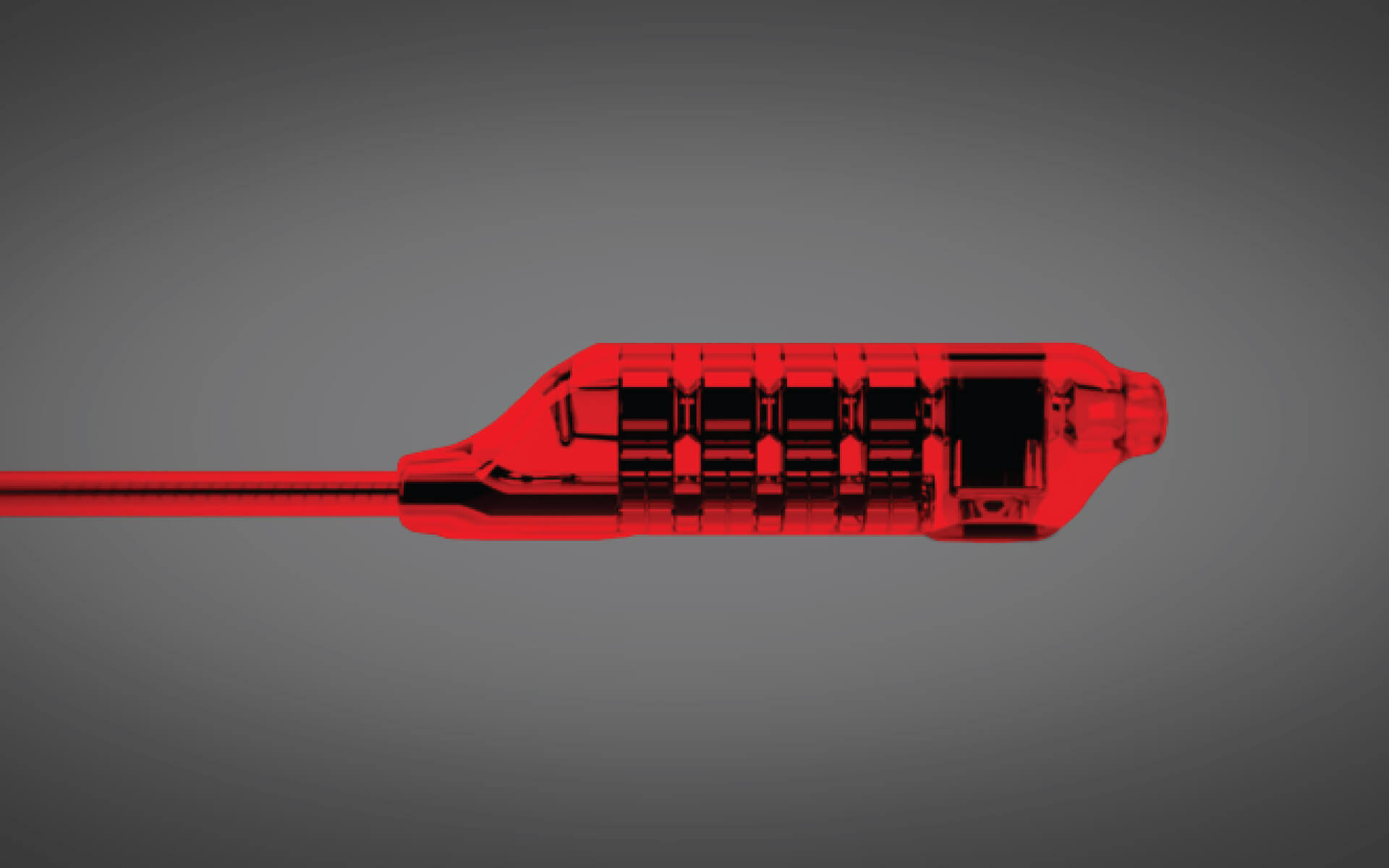
Stimulate your brain, literally.
Illustration by: James Archer AnatomyBlue
Medical Device Video Narrations
clonoSEQ: What is MRD
Leukemia MOD
TurboCas_ Method for locus-specific labeling genomic regions & isolating their protein interactome
Hand Biomechanics
Using circulating tumor DNA (ctDNA) for the early detection of cancer. Johns Hopkins University
Clients
The right tool gets the job done right.
Professional Narrator for Medical Devices
These various micro-industries rely on medical animators to illustrate how the technology works, how new procedures are done, and with new 3-D animation cameras which are placed under the skin, for example, medical professionals, researchers, students, and even patients can now learn how these medical devices are used for innovative procedures and gain a greater understanding prior to any operations being performed.
Health Care Professionals (HCPs), use medical devices in their diagnosis and treatment of patients to improve their quality of life. Medical animations need a medical narrator capable of handling highly technical information with a clear and intelligent “peer” voice, to convey a subtle level of excitement around what is new or improved, and why these products and procedures are worth learning about. In 2018, the global medical devices market was valued at $425 billion. With a growing aging population, the increase of chronic conditions, and the rise of complex surgical procedures, this area will continue to expand at a rapid rate. As a consequence, medical device advertising is exploding.
MedTech and medical device companies are now expanding their marketing efforts by speaking directly to their potential patients, and this B2C (Business-to-Consumer) style requires a softer, confidently conversational style of voiceover. Whether explaining a surgical procedure or how to correctly use home health devices, a warm and instructive voice is the best way to connect with patients. As people become more involved in their health and wellness, awareness about new advances helps to spark conversations with their physicians regarding the potential efficacy of a medical device’s use in their case. These medical narrations convey key information to patients and their caregivers in a caring, confident, and optimistic tone, so they can better understand the medical device and the applications for its use.
Voice Over Expressed With Warmth & Professionalism
Having a hand (or a voice!) in helping patients with their life-saving medical devices is a great feeling. Using a medical device can seem daunting to someone who is already not feeling their best. Debbie is able to use her decades-long experience with medical voiceover and terminology to share important information in a warm and professional way that makes the listener feel as if they are being guided by a caring friend. Debbie approaches every script with careful consideration of the client’s needs, as well as the needs of their audience. She knows how to expertly present the story of how a medical device is used and functions, ensuring that every word is heard and understood.
President Lincoln's Autopsy
If you’d like to hear a clip of an audio tour that Debbie voiced for the National Library of Medicine and their show Visible Proofs: Forensic Views of the Body, click below. The curator discusses the tools used in President Lincoln’s autopsy.
